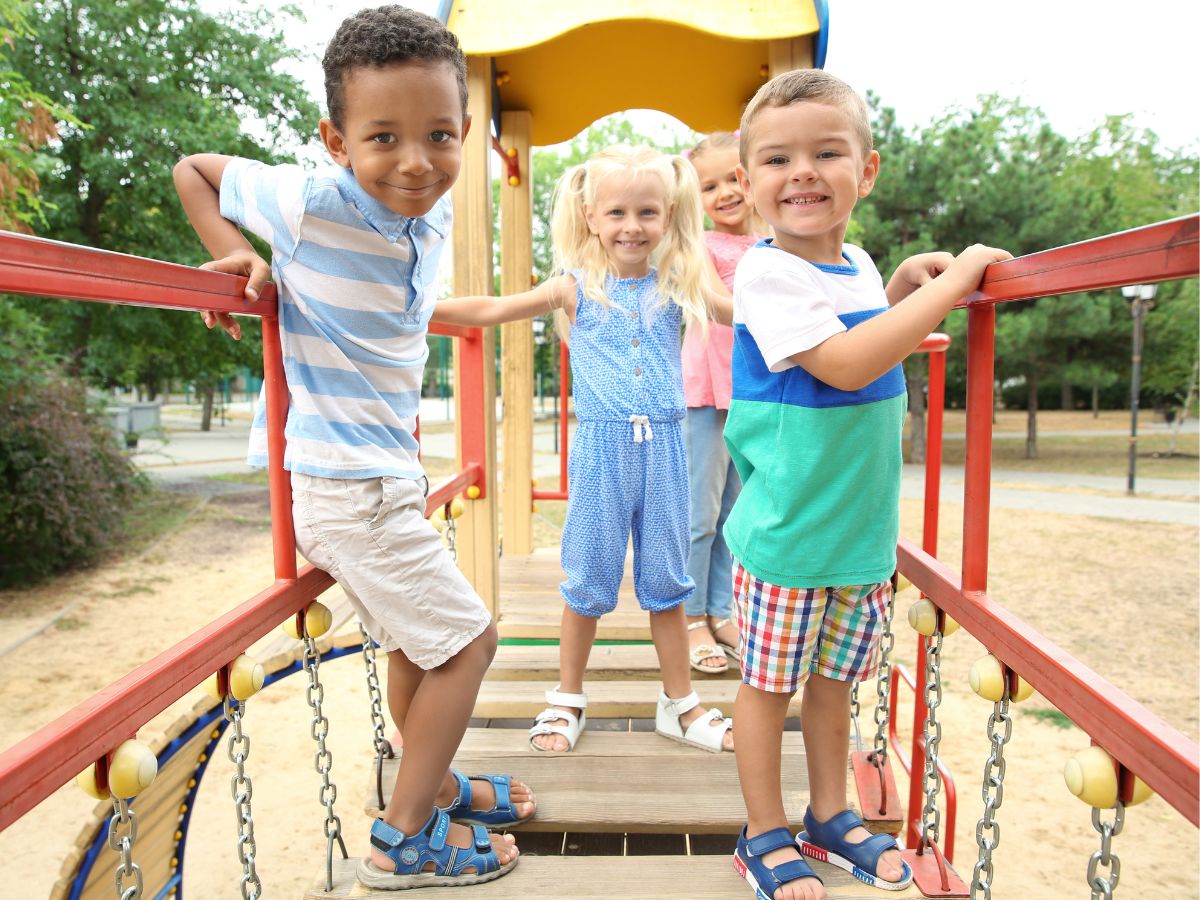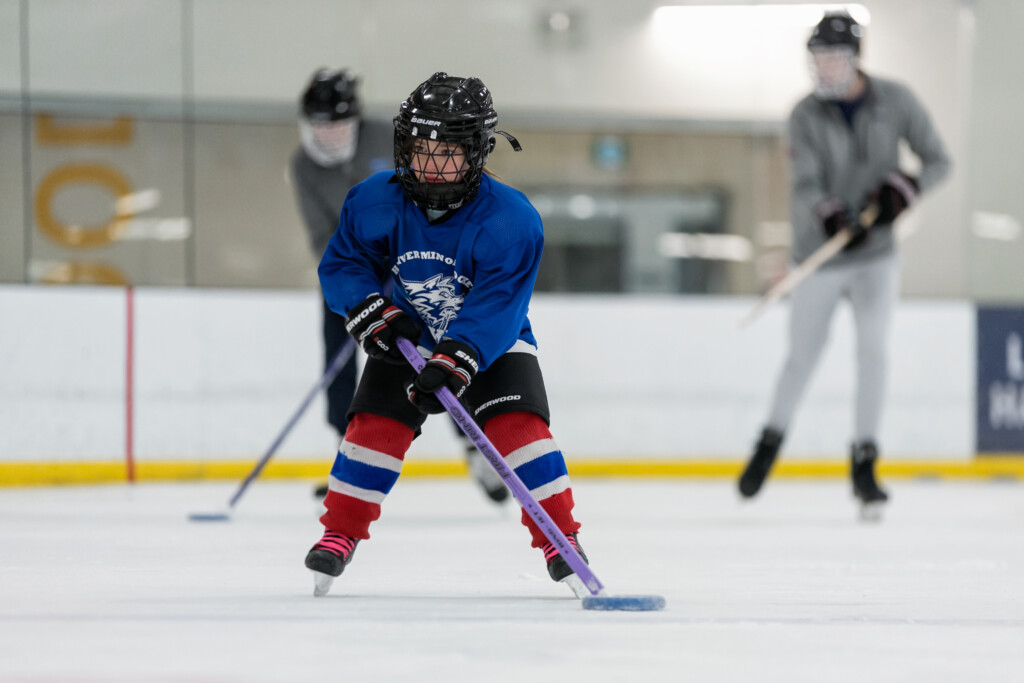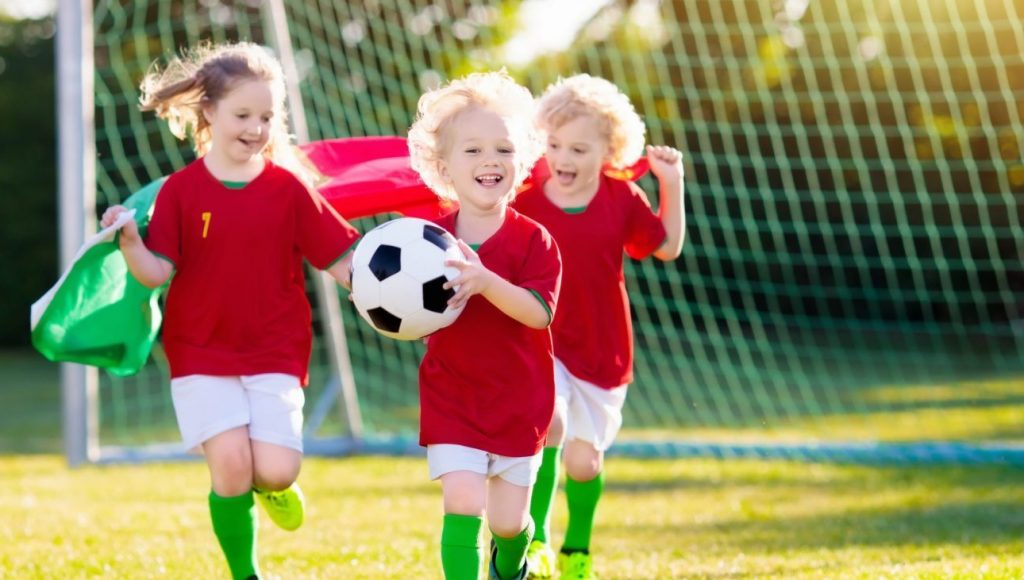Youth Hockey and Physical Literacy: observation of a cohort of novice players
Co-creating, implementing, and evaluating a community-based peer-run physical activity program to enhance sport and exercise participation for adults with moderate to severe traumatic brain injury
Influence of structural and psychosocial factors on the level of physical activity of preschoolers attending daycare

Project Summary Objectives Theoretical framework: Theory of planned behaviour (Ajzen 1991) and the Cohen et al. structural model (2000). Research Methods Population: Children aged three to five attending a child care facility, run by the government of Quebec, in the National Capital and Chaudière-Appalaches regions (Quebec, Canada), and their daycare workers. Sample: Randomly selected child…
Anything is Possible: Using Ringette to Support Physical Literacy in the North

Sport is a vital opportunity for communities in the Northwest Territories (NWT) to stay active and social, particularly during the winter months when daylight is limited and temperatures are frigid. Sport offers a reason for people to come together and keep moving. It was for these reasons, plus a desire to better serve Indigenous communities…
Microbiota and athletic performance
Trillions of microorganisms, known as microbiota, live inside our digestive tract and regulate key aspects of health and disease. Recently, a connection between the gut microbiota and physical activity has been discovered. Research now shows that these microorganisms may be leveraged to enhance athlete performance, in particular endurance.
Adjusting coaching to suit athlete attachment styles
The relationship between coach and athlete can make or break an athlete’s experience. Recent research shows that understanding an athlete’s attachment style can help coaches tailor aspects of their communication and behaviour to best suit the athlete’s needs.
Why early childhood educators are key to developing children’s physical literacy

Early childhood is the foundational stage for developing physical literacy (motivation, confidence, physical competence, knowledge and understanding) needed to participate in sport and other physical activities throughout life (Whitehead, 2013). During early childhood, children are developing the foundational skills that can develop into sport and activity-specific skills (Barnett et coll., 2016; Robinson et coll., 2015)….
Assessments in physical education
Physical education (PE) can play an important role in promoting activity and lifelong sport participation amongst youth. However, there is debate regarding how teachers should best assess students in PE. This study explores students’ attitudes towards different areas related to assessment in PE, including curriculum, grading, teachers, and fitness testing.
Fitness apps and activity trackers promote activity
Mobile apps and fitness trackers are a convenient way to monitor activity, set personalized activity goals and receive feedback on your activity levels. Fitness apps and activity trackers encourage better activity habits; for example, researchers found that those who use apps and trackers take approximately 1850 more steps per day, which is equal to just…
Physical literacy for engaging youth post-pandemic
Providing evidence-based sport and physical activity opportunities that intentionally support the development of physical literacy can help youth rebound from the negative impacts of the COVID-19 pandemic. Activities that are fun, challenging yet accomplishable, and that spark creativity in movement welcome youth back to the playing field and hold promise for keeping them engaged in…